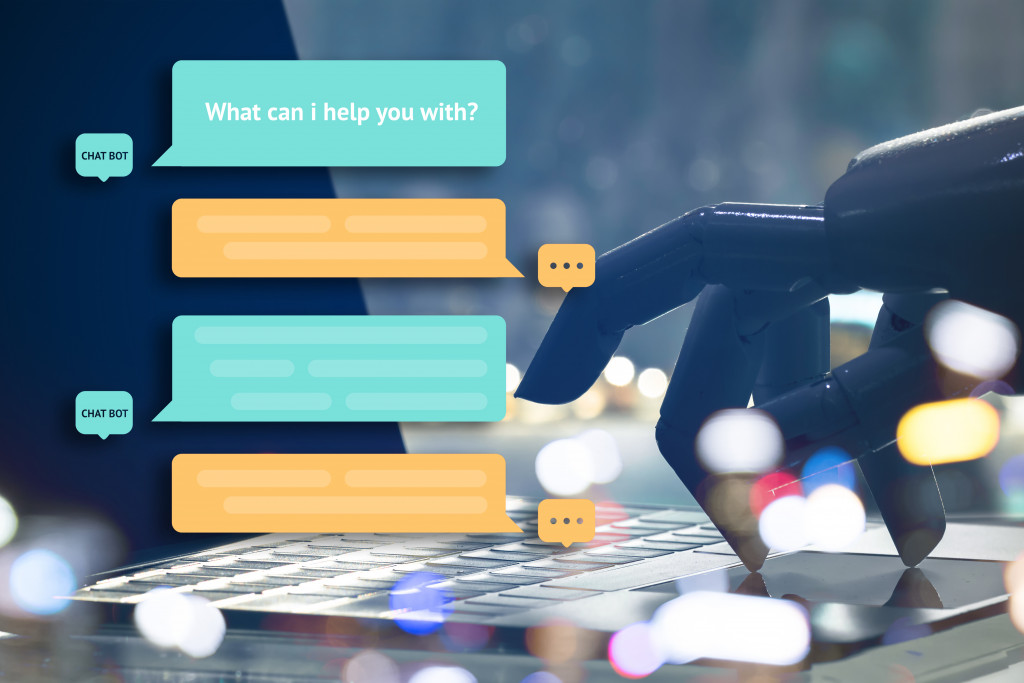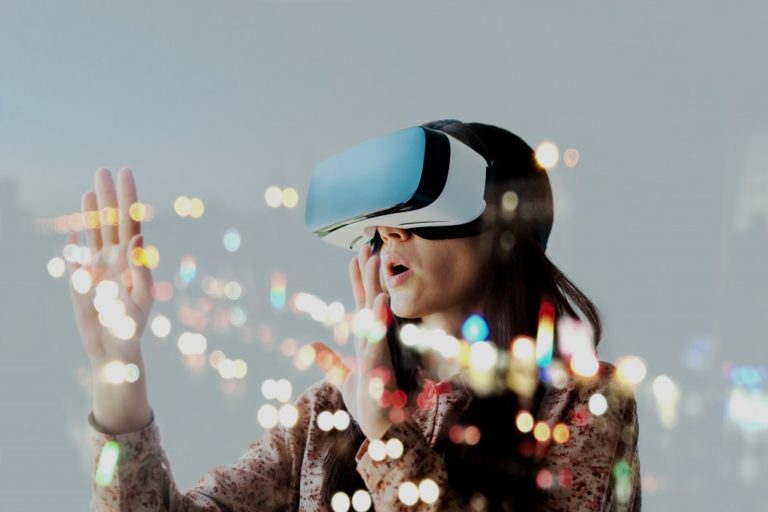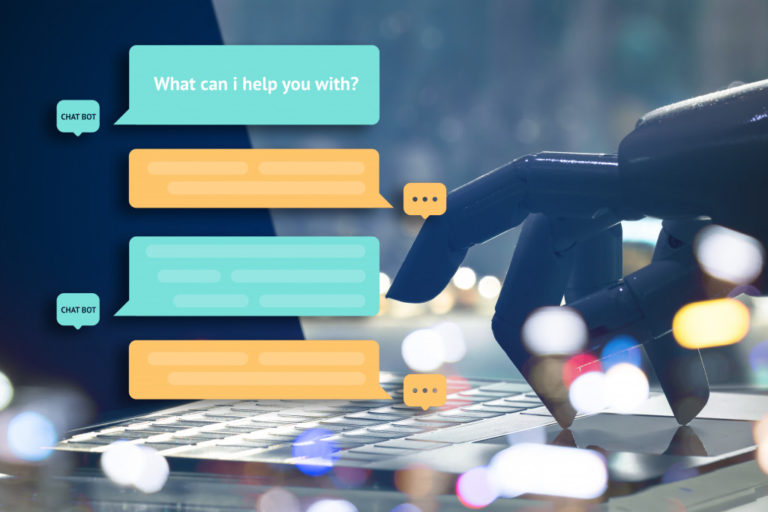Artificial intelligence (AI) is the ability of a computer program or a machine to think and learn. It has been defined in many ways, but in general, it can be described as making a computer system “smart” – that is, able to understand complex tasks and carry out complex commands
One of the most well-known examples of AI in practice is IBM’s Watson. Watson is a computer system designed to understand natural language and answer questions posed in ordinary English. In 2011, Watson competed on the quiz show Jeopardy! and famously defeated two of the show’s best contestants.
Various industries utilize AI, such as retail, banking, automotive, and healthcare. These industries are excelling well due to the utilization of AI. However, no other field needs it more than the healthcare industry.
The healthcare industry is worth trillions of dollars in the US. However, it is also the most hectic and unorganized industry. This is because it is a service-oriented industry that deals with people’s lives. To make the best decisions for patients, healthcare providers need as much data as possible. However, the problem is that there is too much data for anyone to process.
This is where AI can help. By using AI algorithms, healthcare providers can process large amounts of data in a short amount of time. This will help them make better decisions about patient care and improve patient outcomes. To understand how AI can help healthcare professionals make better decisions, we must discuss how AI operates.

Different types of AI
There are different types of AI, but some of the most common are machine learning, natural language processing, and computer vision.
- Machine learning is a method of teaching computers to learn from data without being explicitly programmed. This is done by using algorithms that can automatically improve given more data.
- Natural language processing is a way for computers to read and understand human language. This can be used to translate text, understand questions, and respond to customer service inquiries.
- Computer vision is the ability of computers to interpret and understand digital images. This can be used for tasks like facial recognition, object recognition, and scene understanding.
The healthcare system utilizes machine learning and computer vision the most among the three. With this in mind, you can now understand how AI functions so well in the healthcare industry. It can essentially learn from healthcare professionals and patients to make better decisions.
How AI is used in healthcare
There are many ways that AI can be used in healthcare. One of the most common is a medical diagnosis.
Medical Diagnosis
Currently, doctors rely on their expertise and experience to make a diagnosis. However, they may not have all the information they need. This is where AI comes in. AI can help doctors make a more accurate diagnosis by using data from previous cases.
For example, if a doctor is trying to diagnose a patient with cancer, they will look at their medical history, symptoms, and test results. However, they may also want to know about the cases of other patients who have had similar symptoms. With AI, they can do this. By looking at data from other patients, AI can help doctors make a more accurate diagnosis. AI can even be more accurate at diagnosing cancer patients than doctors to a certain extent.
Another way that AI is being used in healthcare is by giving blueprints for functional designs required by disabled patients.
Creating 3d blueprints
There are many people who were born with deformities or who have acquired them later in life. These deformities can make it difficult for them to do everyday tasks, such as brushing their teeth or buttoning their shirt.
In the past, prosthetics were very basic and didn’t offer much in terms of function. However, with the help of AI, prosthetics are becoming more and more advanced.
There are many companies that utilize AI to make advanced prosthetics for disabled people. However, there are also some that are using AI to perfect simple products such as a back brace. These products are now more efficient than ever and cheaper as well.
Treatment of Patients
AI can be used to help healthcare professionals choose the best course of treatment for a patient. This is done by using algorithms that can process large amounts of data.
For example, if a patient has cancer, there are many different treatments that can be used. However, not all of these treatments will work for every patient. By using AI, healthcare professionals can find the best treatment for a particular patient.
This is done by analyzing the patient’s medical history, symptoms, and test results. AI can then recommend a treatment that has a high chance of success.
In conclusion, AI is playing a major role in the healthcare industry. It is being used to diagnose patients, choose the best course of treatment, and create 3d blueprints for prosthetics. AI is also being used to perfect simple products such as back braces. With all of these applications, it is clear that AI is significantly improving healthcare in the United States.

















